The mysteries of sandalwood in perfumery
In this blog post, I invite you to discover the characteristics and mysteries of this wood with its fascinating, milky trail.

A flagship material in perfumery
Originating in Asia and Oceania, the first uses of sandalwood date back to ancient India, where it was frequently used to make perfumed powder, ointments and incense for religious and spiritual rituals. It wasn't until the 19th century, with the development of modern perfumery and the use of rare and exotic materials, that sandalwood became a key ingredient in many compositions. (create perfume blog article)
In perfumery, different varieties of sandalwood are used, each bringing distinct olfactory nuances. The three main varieties used are:
- Santalum album (white sandalwood)White sandalwood is appreciated for its soft, woody, creamy and slightly sweet fragrance. It offers delicate notes that add complexity to fragrance compositions. This variety is widely used in the perfume industry for its rich, long-lasting fragrance. It is often considered the most precious variety of sandalwood.
- Santalum spicatum (red sandalwood)Red sandalwood has a spicier, earthier fragrance than white sandalwood. It has balsamic and resinous notes, sometimes with slightly sweet accents. It is often used to add an extra dimension to fragrance compositions.
- Santalum austrocaledonicum (Australian sandalwood)Australian or Caledonian sandalwood is renowned for its woody, earthy olfactory nuances, often accompanied by lightly smoky, floral notes. It adds a refined, exotic facet to fragrance compositions.
A rare and precious tree we have to protect
Sandalwood trees, particularly the Santalum album variety, require several decades to reach maturity, producing a dense wood impregnated with a precious essence. It takes an average of 15 to 20 years before the tree is harvested and distilled. Early harvesting can lead to inferior essential oil quality, as the trees will not yet have accumulated sufficient aromatic compounds in their wood.The combination of its slow evolution and constant demand in perfumery underscores its status as a rare and precious material. Because of its overexploitation in the 20th century, white sandalwood (santalum album) from India is almost no longer used in perfumery. Instead, perfumers have access to white sandalwood from Australia or Sri Lanka.
Sandalwood is an endangered species and it is important to protect it with responsible practices in order to preserve this resource. Since 2010, cutting quotas and replanting policies have been introduced, notably in New Caledonia, where for every sandalwood tree cut, 3 are replanted.
Sandalwood can be an excellent supporting role or the star of a perfume

Sandalwood is frequently used for its sophisticated fragrance and unique olfactory qualities. Its versatility and timeless appeal make it a precious note for perfume designers. It has many complex and captivating facets:
- Woody: Sandalwood's woody note is one of its dominant characteristics. It evokes a warm, rich aroma reminiscent of nature and the forest.
- Creamy, milky sweetness: Sandalwood is often described as having a creamy, milky quality. This sweetness brings sensuality and warmth to compositions.
- Slightly sweet: A slightly sweet, caramelized facet often accompanies sandalwood's woody aroma. This adds a delicate subtlety to the fragrance, giving it a deeper dimension.
- Complexity: Sandalwood is a complex note that can vary according to variety, growing region and the quality of the essential oil extracted. This complexity allows perfumers to play with different nuances.
- Persistence: Its essential oil is extremely long-lasting, the fragrance remaining perceptible for several hours. This contributes to the staying power of fragrances containing sandalwood.
- Harmonious associations: Sandalwood is an easy-to-balance note that blends well with many other essences. It is often combined with floral, spicy, oriental or herbaceous notes.
Our favorite fragrances
There are multitudes of fragrances created around Sandalwood. Some of these compositions have become great classics:
- Christian Dior - Bois d'Argent:Bois d'Argent by Christian Dior is a gender-neutral fragrance featuring a central note of sandalwood, combined with accords of iris, cedar and myrrh. The fragrance is luminous, subtle, elegant and mysterious.
- Serge Lutens - Santal de Mysore:Bathed in mystery and exoticism, Santal Mysore by Serge Lutens evokes a captivating sensory journey. Its woody sandalwood notes blend harmoniously with spicy, oriental accords, creating a bewitching, refined trail. An olfactory symphony where the richness of sandalwood offers enveloping warmth, adding a deep, sensual dimension to this fragrance emblematic of Serge Lutens' perfume craftsmanship.
- Guerlain - Samsara:Samsara by Guerlain is a woody oriental fragrance featuring sandalwood, accompanied by floral notes, ylang-ylang and vanilla. It offers a rich, enchanting olfactory experience.
Our Kanopé fragrances based on sandalwood
Sandalwood is a material I'm particularly fond of and enjoy working with. It is found in several of our Kanopé fragrances.
Uluru: A charismatic fragrance built around a variety of woods, including sandalwood, which adds softness and roundness to its earthy, spicy facets. It's a fragrance I created in memory of a trip to Australia, where we had the chance to explore the Red Centre and discover this monolith and sacred land steeped in history and magic. (Uluru blog article)
Tomo: This is my declaration of love. There's no need for words when the materials speak for themselves. Tomo is the idyllic alliance of sandalwood, vanilla and tonka bean. A rich, enveloping fragrance with fine leathery notes that blend perfectly with the warmth and roundness of its gourmand accord. (Tomo blog article)
Naivasha: This fragrance transports us to the heart of Kenya, as the softness of night settles in, the sounds of the savannah echo and the sky is adorned with stars. Naivasha is a soft, enveloping fragrance in which sandalwood blends with the powdery notes of ambrette seeds and an orangey accord of neroli and orange to illuminate the trail. A milky wood that transports us from the very first moment. (Naivasha blog article)
A final word
The mysteries of sandalwood never cease to fascinate us. From its ancient origins to its contemporary use in perfumery, sandalwood remains a precious, bewitching material.However, behind this mystical aura lies a more tangible reality: the need to preserve this rare and endangered resource. Through sustainable management practices and growing awareness, we can help safeguard sandalwood forests for future generations.
As we walk the fragrant paths of sandalwood, we discover a symphony of aromas that evoke distant journeys, ancient rituals and deep emotions. So let yourself be carried away by its bewitching trail and travel to new fragrant horizons where each note tells a story that will awaken your senses.






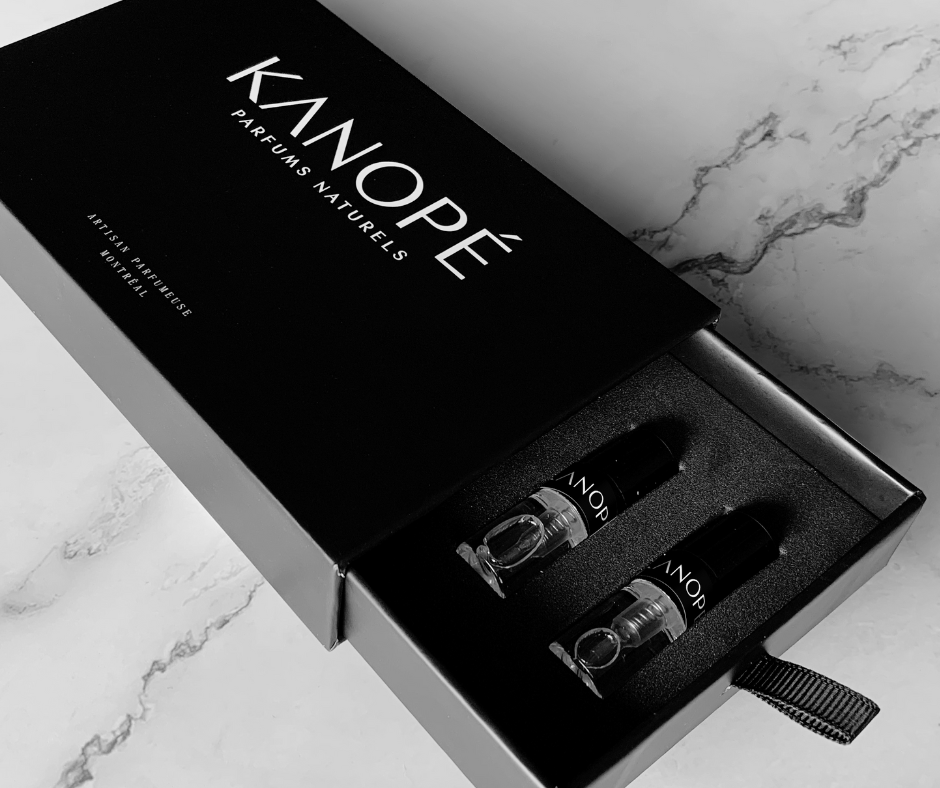




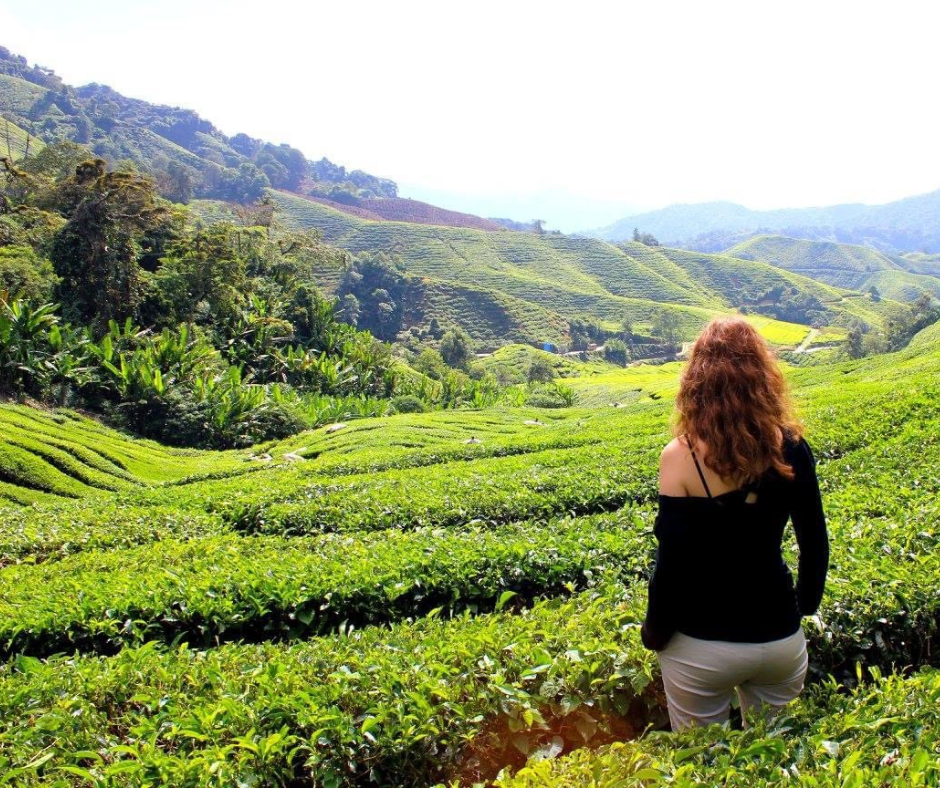
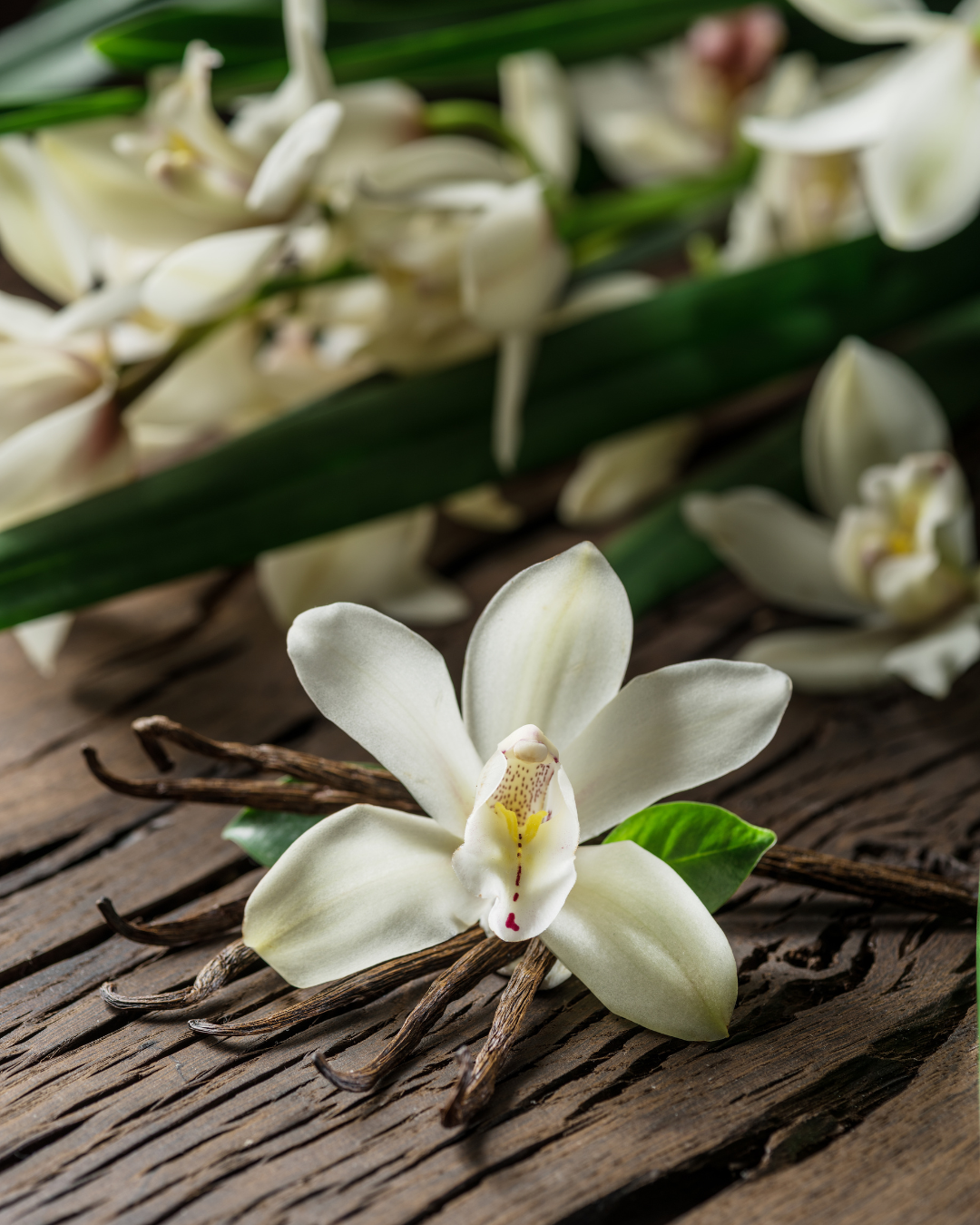
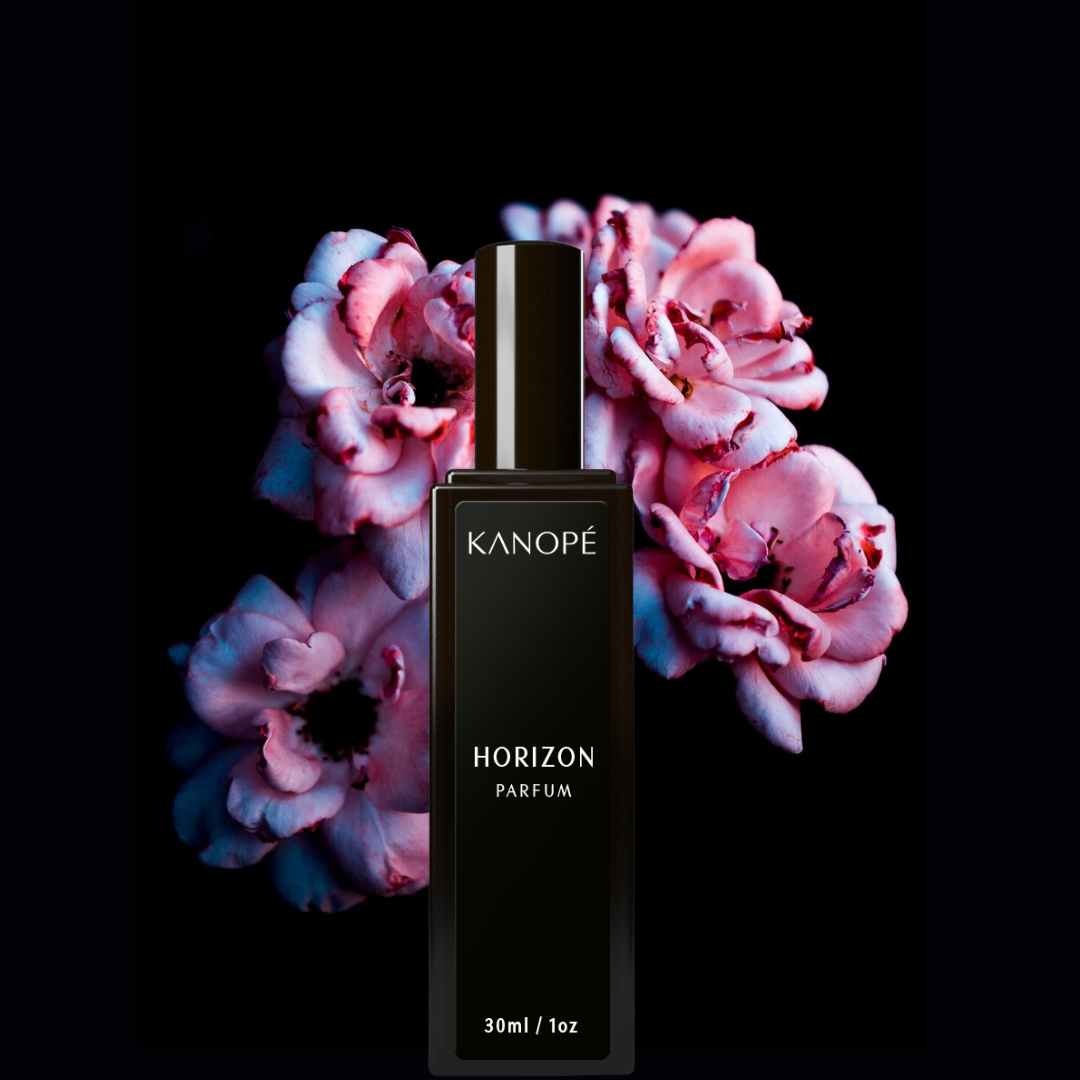
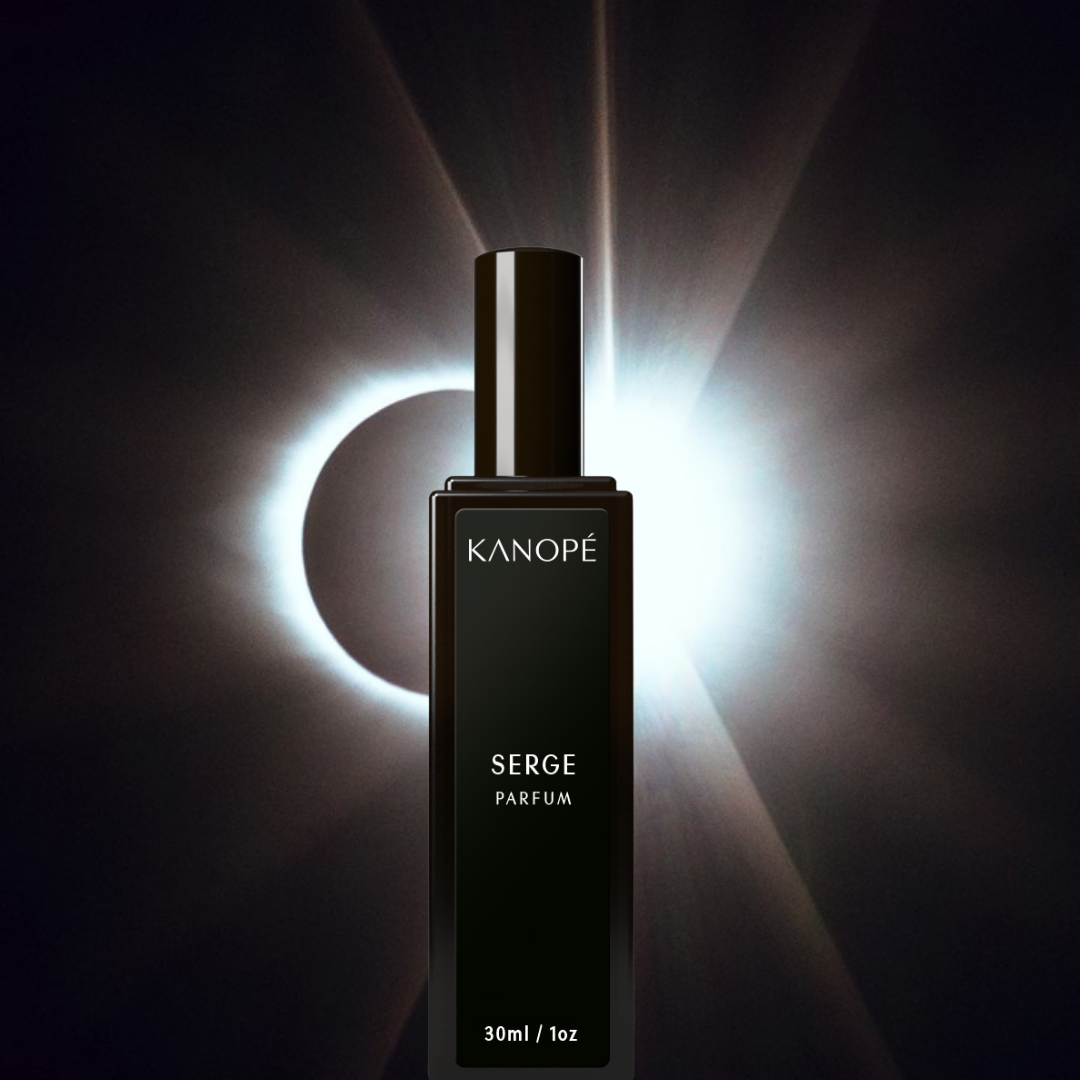
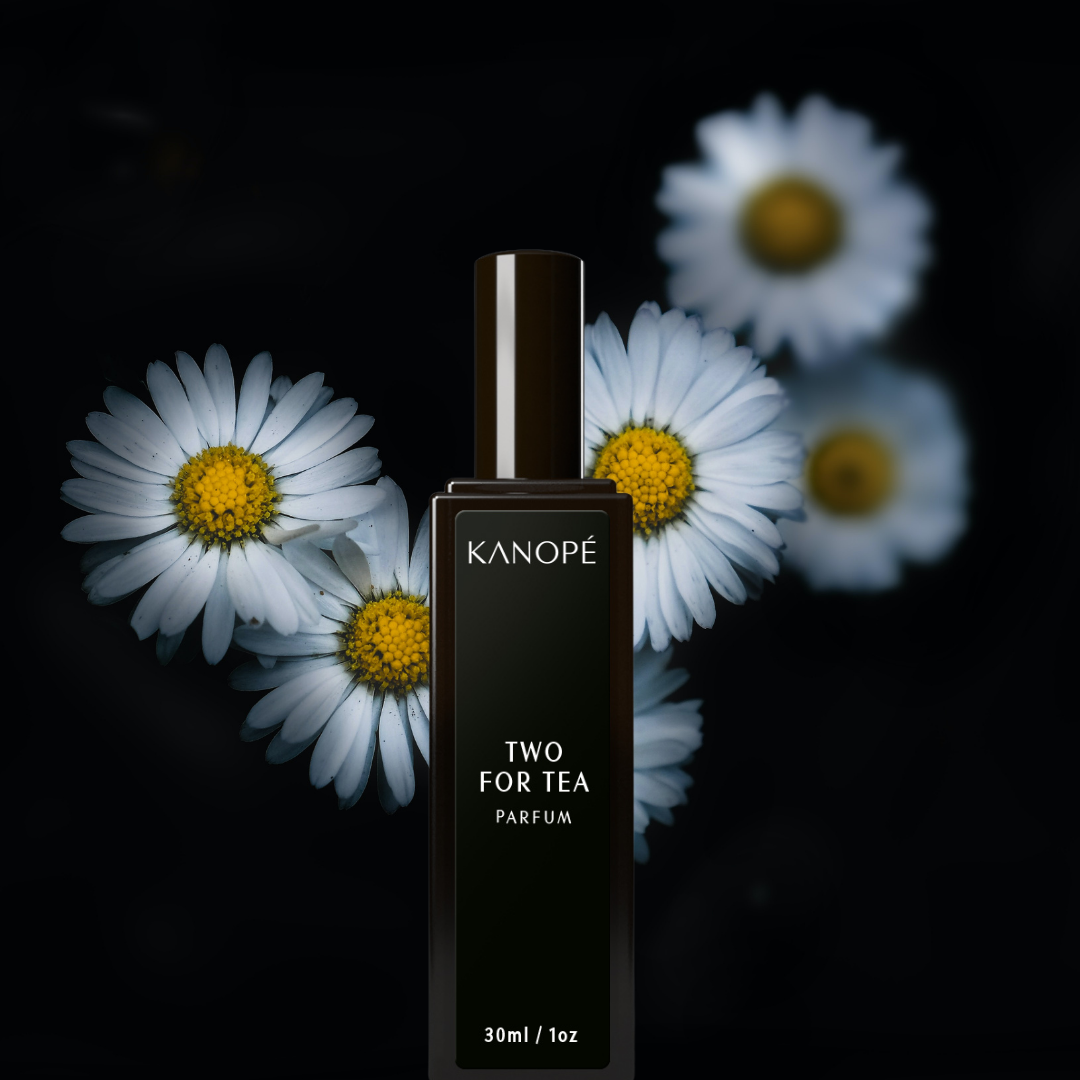
Leave a comment